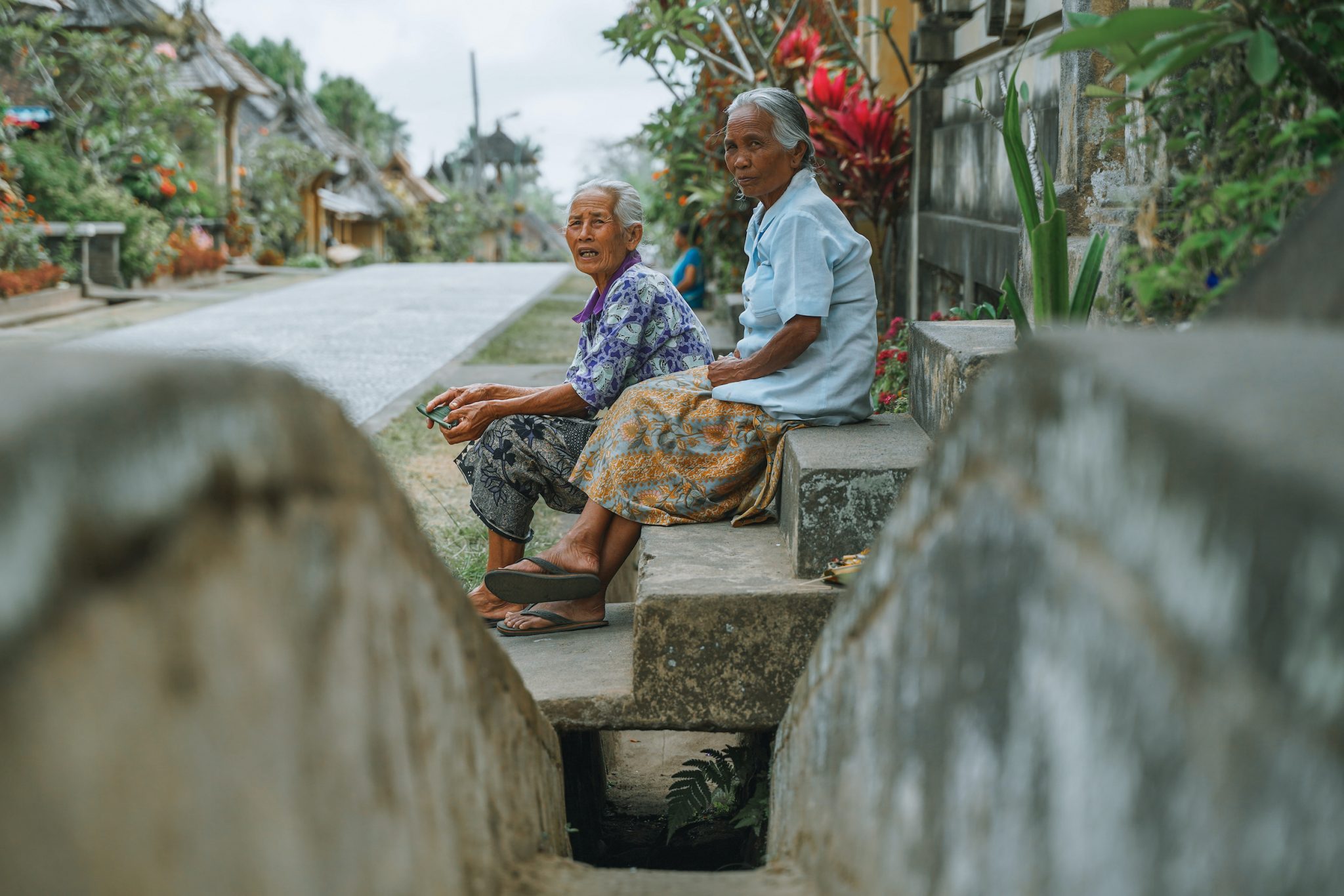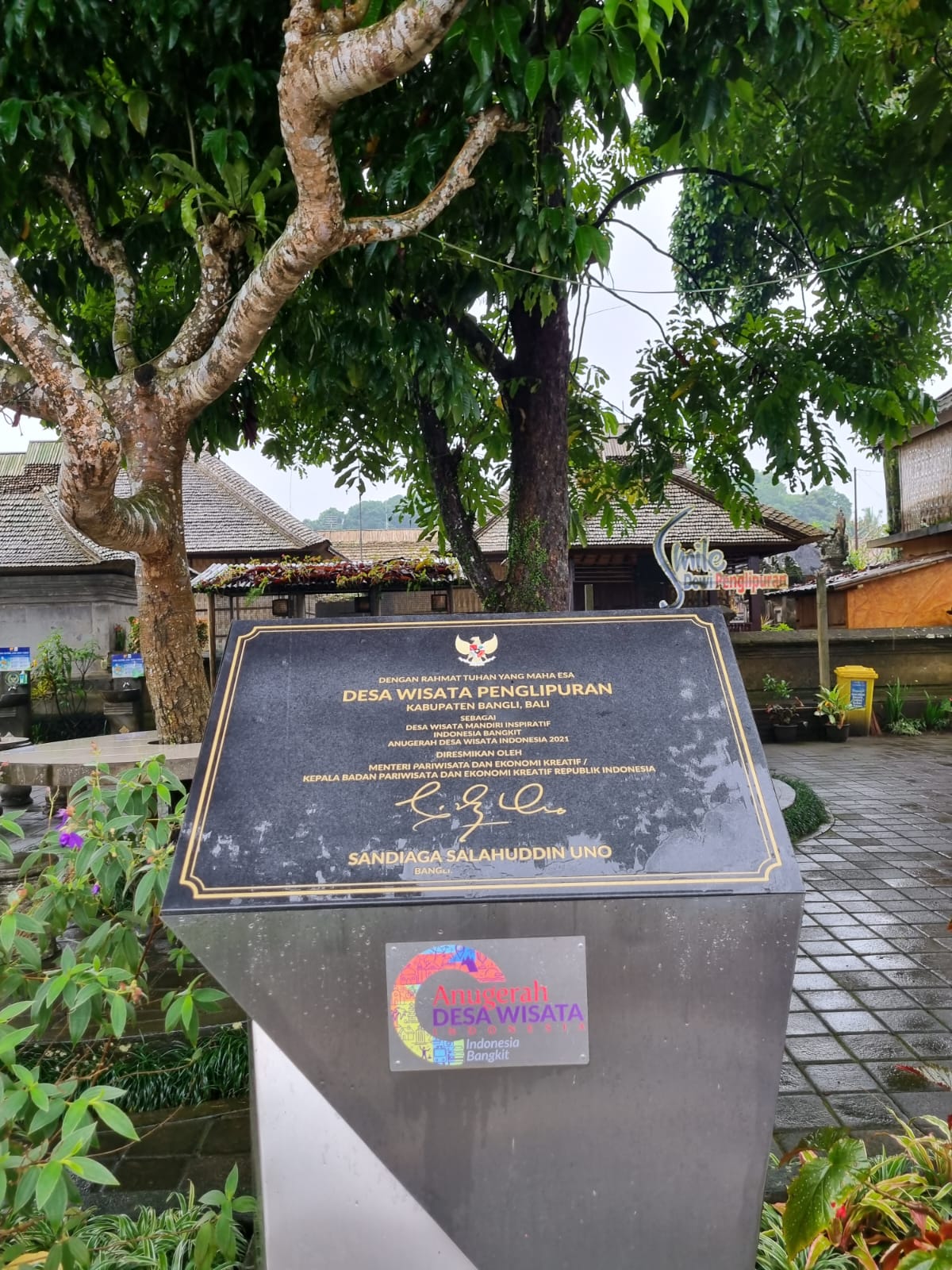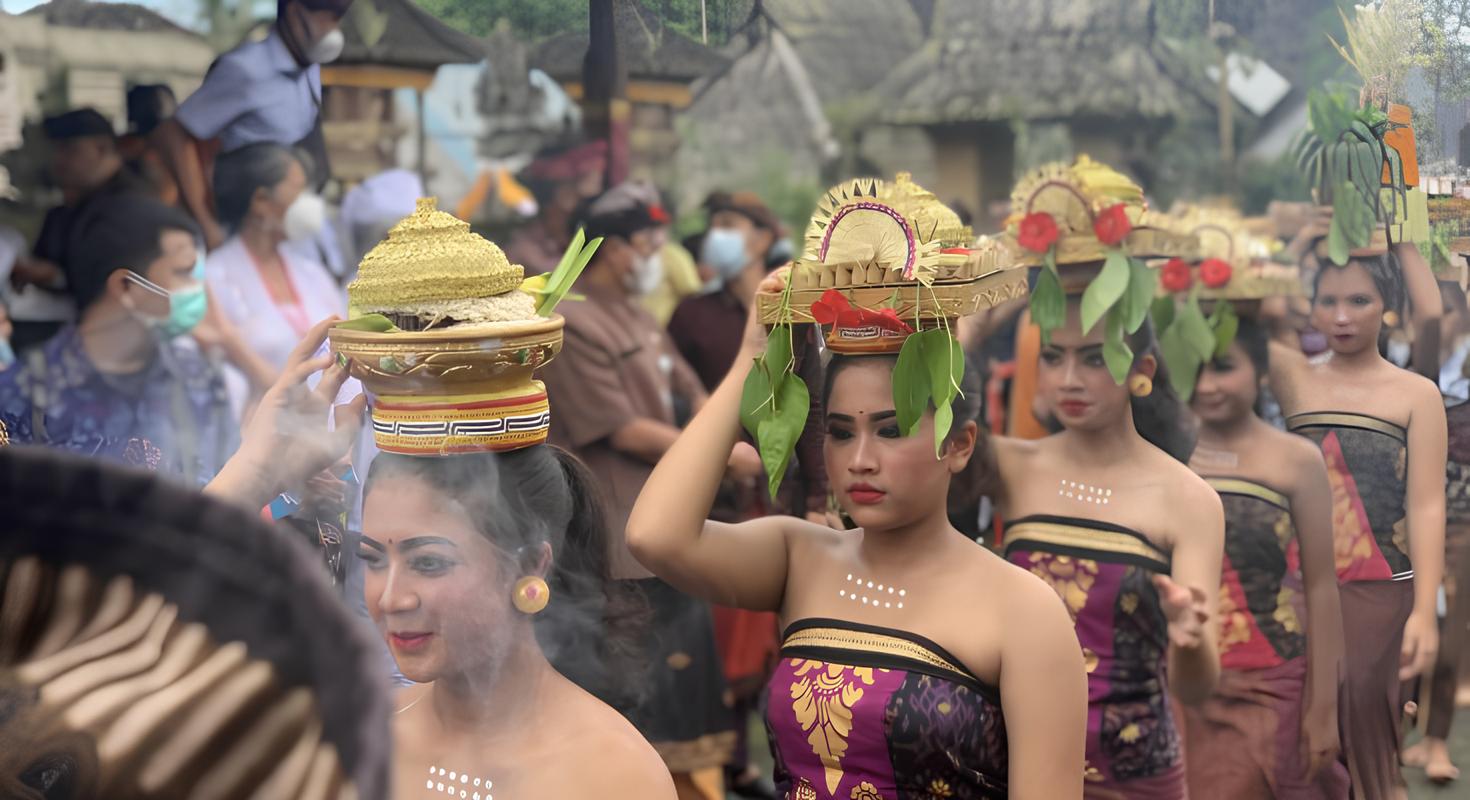Welcome to Bali, a paradise of stunning charm! Located in Indonesia, Bali has become a popular destination for travelers from all over the world. The island offers breathtaking natural beauty, rich culture, fascinating art and warm hospitality. From stunning white sandy beaches to sprawling green rice fields and towering mountains, Bali is an amazing landscape.
But wait, Bali isn't just about the natural wonders. This island of the gods is also home to the cleanest village in the world. Penglipuran Village, one of Bali's nine traditional villages, has been recognized as the third cleanest village in the world after Mawlynnong in India and Giethoorn in the Netherlands.
Penglipuran Village in Bangli Regency, Bali, which is considered the cleanest village in the world, has received a number of prestigious awards in the field of environment and tourism. The village has won the Kalpataru Award, the Indonesia Sustainable Award (ISTA), and was even included in the Destination Foundation's Sustainable Destinations Top 100 list.

Maintaining Cleanliness: Community Involvement
Littering, vehicle noise and congestion, and air pollution are things you won't find in this village. Penglipuran Village has taken decisive steps to maintain cleanliness by providing garbage bins every 30 meters. The local community also plays an active role in keeping the village clean and free of annoying garbage.
In addition, the village enforces strict local rules, including a ban on the use of motorized vehicles, to keep the air quality clean. So if you want to explore the beauty of Penglipuran Village, you will have to walk.
Don't worry, fatigue and boredom will not come your way in Penglipuran Village. As soon as you enter the village, you will be greeted by rows of enchanting greenery and colorful flowers such as roses, frangipani, hibiscus and bougenville. The deeper you explore, the more the view of the village becomes a feast for the eyes. When you need a break, there are cozy food stalls throughout the village or you can relax in the traditional banjar in the center of the settlement.
Penglipuran Village is incredibly unique, with 40% of its area being a stunning bamboo forest. It is strictly forbidden for locals to cut down bamboo trees without permission from respected community leaders. They see the bamboo as a symbol of their beginnings and believe the bamboo was planted by their ancestors.
Embracing Ancestral Teachings
Penglipuran Village is not only known for its well-kept cleanliness, but also for its carefully preserved cultural heritage and customs. The village symbolizes the harmony between man and nature, where traditional Balinese values are solemnly preserved.
Another aspect that makes Penglipuran Village unique is the use of the Tri Mandala spatial system. This concept divides the village land into three zones based on the level of sacredness. The northern part, which is the most sacred zone, is dedicated to places of worship and traditional ceremonies. The middle part is called Madya Mandala and serves as the residence and meeting place of the village community. While the southern part, called Nista Mandala, is used as the final resting place for the deceased. This concept reflects not only the physical cleanliness of the village, but also the spirituality and harmony that radiates from every corner of the village.

In addition, local customary rules known as awig-awig play an important role in the lives of Penglipuran villagers. Awig-awig is a hereditary oral tradition that governs various aspects of human relations with the environment.
There are several rules in the awig-awig, including the prohibition of disposing of household liquid waste through the ditch in front of the house, and the prohibition of disposing of garbage on the main village road. Instead, all waste must be disposed of in septic tanks behind the house, and the drains in front of the house must be used only to drain rainwater.
On the other hand, Penglipuran Village is also a popular tourist destination for its rich culture and iconic culinary offerings. Visitors can enjoy the beauty of authentic traditional Balinese architecture, visit magnificent temples, and observe the daily lives of villagers who still live according to the traditions of their ancestors. The village also hosts the Penglipuran Village Festival, a cultural celebration that includes activities such as a parade of traditional Balinese dress, traditional art performances, and edifying competitions.
The layout of Penglipuran Village exudes an organized, neat, and environmentally friendly beauty. In addition, the villagers also have a strong commitment to preserving the spatial layout of their area so that it remains sustainable and eternal for future generations. No wonder this village has become an icon for Bali and Indonesia. Come here soon!





















